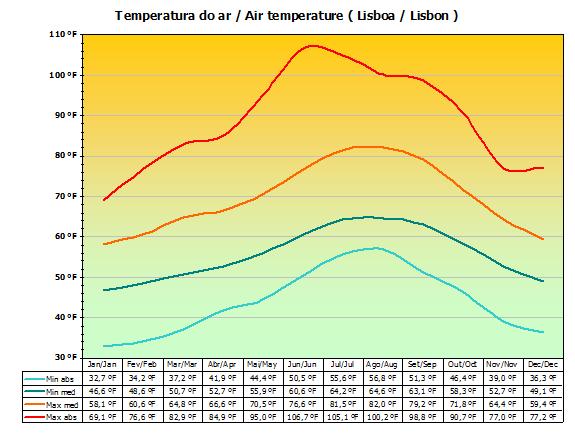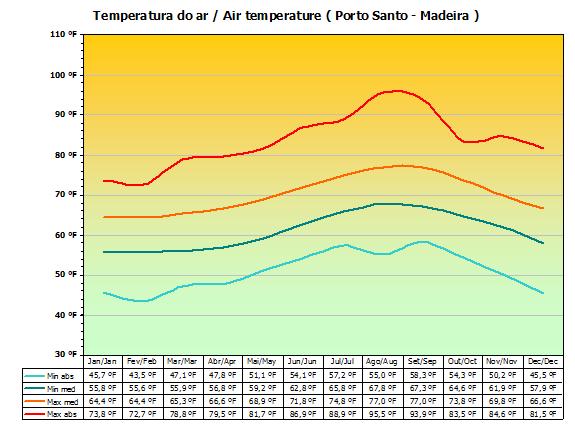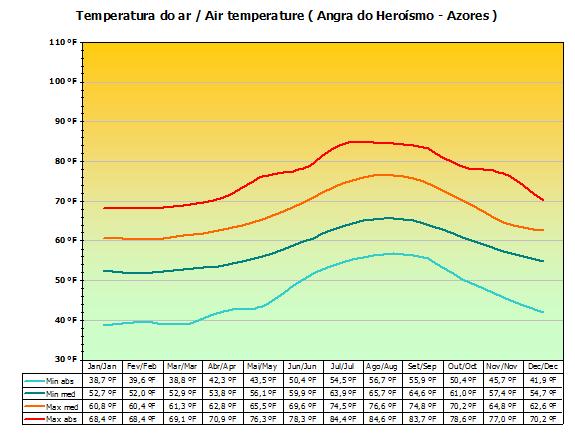Cyprinodontiformes vivíparos e ovovivíparos
Livebearer Cyprinodontiformes
Artigos - Goodeiídeos; Algumas Espécies de Vivíparos Promissoras para Lagos de Jardim
Articles - Goodeids, Some Promising Garden Fishpond Viviparous Fish
|
|
|
Cyprinodontiformes vivíparos e ovovivíparos Livebearer Cyprinodontiformes Artigos - Goodeiídeos; Algumas Espécies de Vivíparos Promissoras para Lagos de Jardim Articles - Goodeids, Some Promising Garden Fishpond Viviparous Fish |
||||||||||||||
|
|
|
Goodeids, Some Promising Garden Fishpond Viviparous Fish Miguel Andrade - published at this website in May 2009 |
|
The climate
Portugal can be regarded as maybe one of the warmest European countries. The meteorological observations that took place between 1961 and 1990 have shown that the annual temperature averages in mainland Portugal oscillates between 7ºC ( 44.6ºF ) in Northern and central highlands and 18ºC ( 64.4ºF ) at Southern lowlands. The rain fall in the main land ranges from barely more the 3000 mm in Minho Province, to 400 mm in the Algarve Province coast, with several deep valleys in the Douro river drainage showing somehow local lower rainfall than those mentioned Southern coast regions. More often than not the prevailing precipitation occurs from October to March.
According to Köppen climate
classification, the typical weather in main land as well as on the
Atlantic islands can be divided in to two distinguishing mesothermal
climate regions ( warm temperate ) and on the following subtypes; Csa –
temperate climate with rainy winter and dry hot summer and Csb –
temperate with rainy winter and dry moderate summer. |
||
|
Figure 2 – Annual average temperature. Instituto de Meteorologia – http://www.meteo.pt/ |
Figure 3 – Annual accumulated precipitation. Instituto de Meteorologia – http://www.meteo.pt/ |
The
islands of the Azores and Madeira archipelagos are located in the
Mid-Atlantic Ridge.
|
|
|
The orange line represents average maximum temperature values registered in Lisbon. The green line represents average minimum temperature values registered in Lisbon. The red line represents extreme minimum temperature values registered in Lisbon. |
 |
The orange line represents average maximum temperature values registered in Lisbon. The green line represents average minimum temperature values registered in Lisbon. The red line represents extreme minimum temperature values registered in Lisbon. |
|
|
The orange line represents average maximum temperature values registered in Porto Santo, Madeira archipelago. The green line represents average minimum temperature values registered in Porto Santo, Madeira archipelago. The red line represents extreme minimum temperature values registered in Porto Santo, Madeira archipelago. |
 |
The orange line represents average maximum temperature values registered in Porto Santo, Madeira archipelago. The green line represents average minimum temperature values registered in Porto Santo, Madeira archipelago. The red line represents extreme minimum temperature values registered in Porto Santo, Madeira archipelago. |
|
|
The orange line represents average maximum temperature values registered in Angra do Heroísmo, Azores archipelago. The green line represents average minimum temperature values registered in Angra do Heroísmo, Azores archipelago. The red line represents extreme minimum temperature values registered in Angra do Heroísmo, Azores archipelago. |
 |
Figure 6 a) – Air temperatures in ºF.
The orange line represents average maximum temperature values registered in Angra do Heroísmo, Azores archipelago. The green line represents average minimum temperature values registered in Angra do Heroísmo, Azores archipelago. The red line represents extreme minimum temperature values registered in Angra do Heroísmo, Azores archipelago. |
|
|
|
|
Figure 7
a) – Average maximum and minimum temperatures ( ºC ) in Lisbon and San Luis Potosí
Figure 7
b) – Average Maximum and minimum temperatures (ºF ) in Lisbon and San Luis Potosí
Taking in
to consideration the contrast between Lisbon and one of the Mexican
plateau cities, the most unwarned ones can simply conclude that fish
species from both locations are equally compatible in terms of water
temperature. |
|
|
On this graphic the preview idea is much more
comprehensible and obvious. |
|
|
|
|
|
© 2006 - 2011 Todos os Direitos Reservados e-mail : viviparos.com
Tal informação está apenas disponível para uso privado, ensino ou investigação. Devem ser obtidas permissões dos detentores dos direitos de autor para outros usos. Por favor examine bem caso por caso e assegure-se das respectivas autorizações sempre que necessário.
A comunicação e conteúdos são transmitidos no pressuposto de que não há garantias absolutas da sua exactidão e incontestável perfeição. Os visitantes e utilizadores deste sítio são convidados a ponderarem sobre o carácter provisório de alguns dados antes de os utilizarem, pelo que se assume da responsabilidade desses utentes o tipo de uso que lhes é dado. |